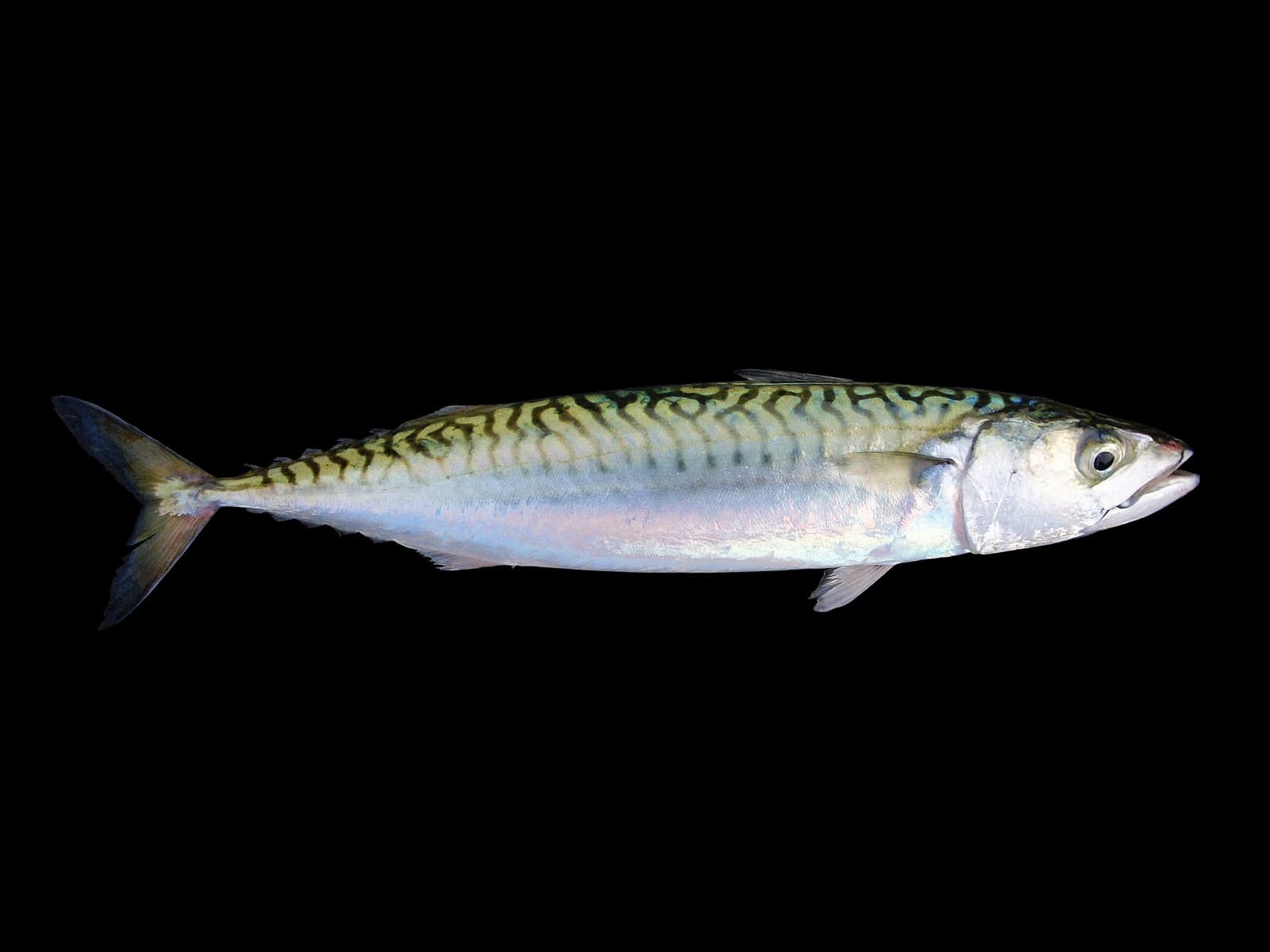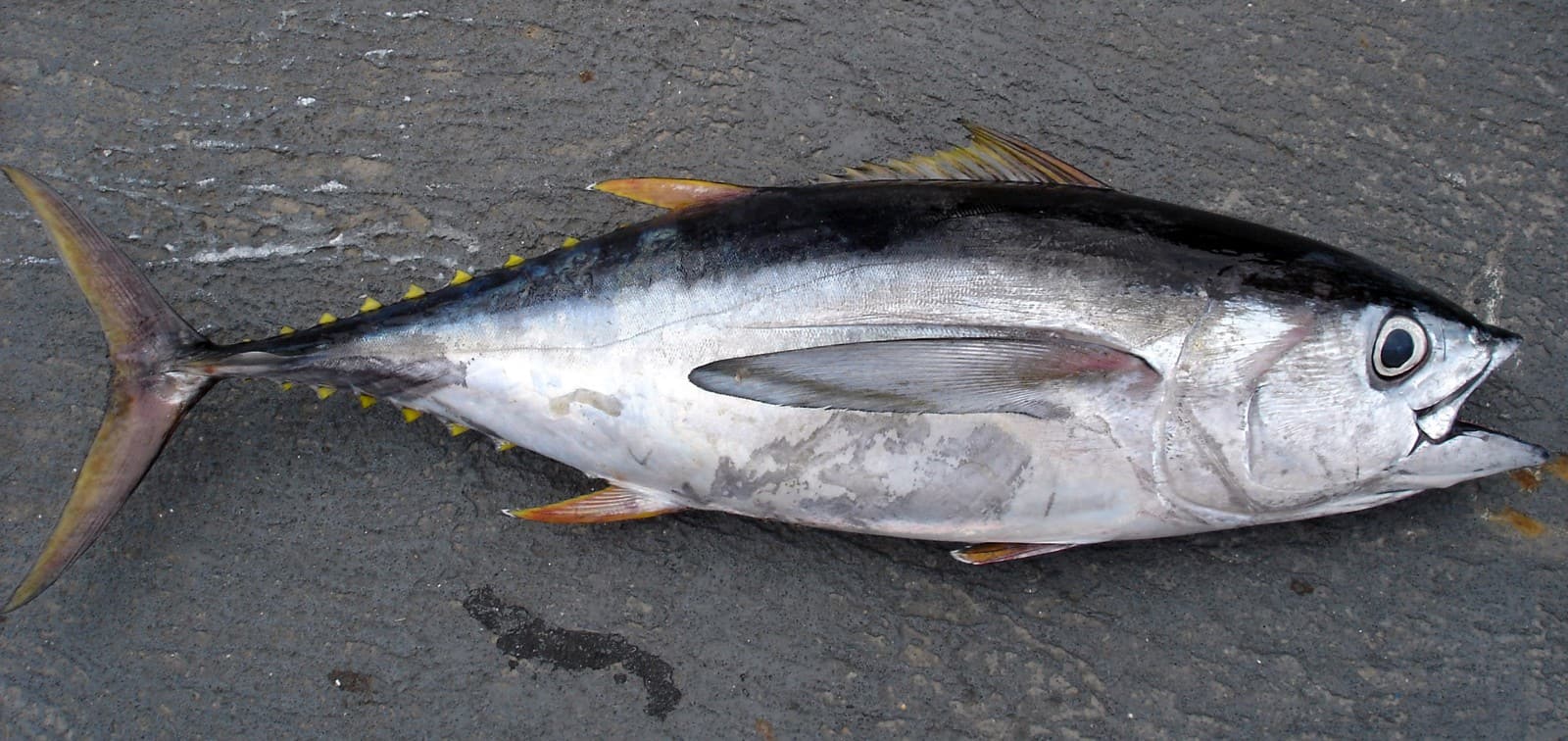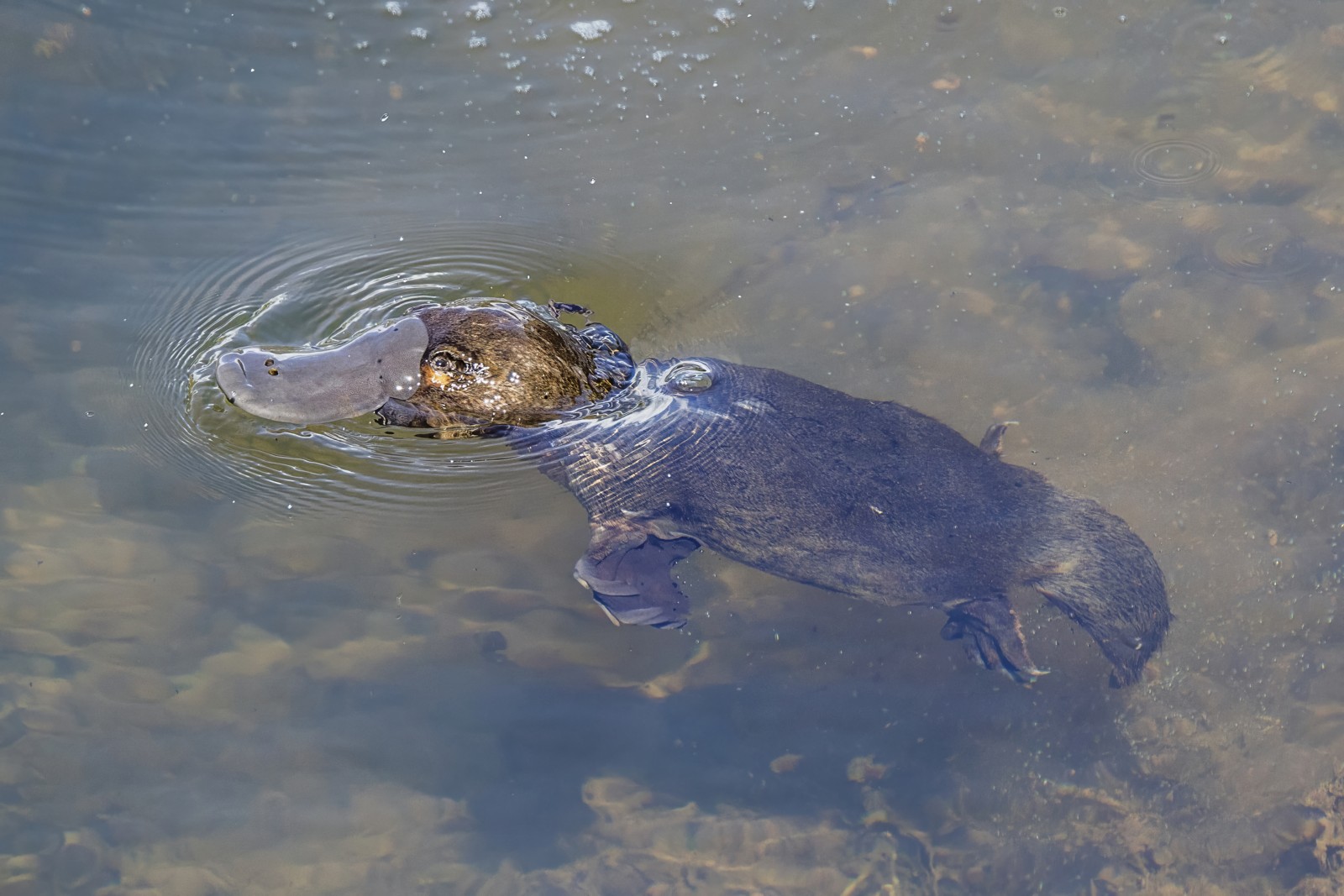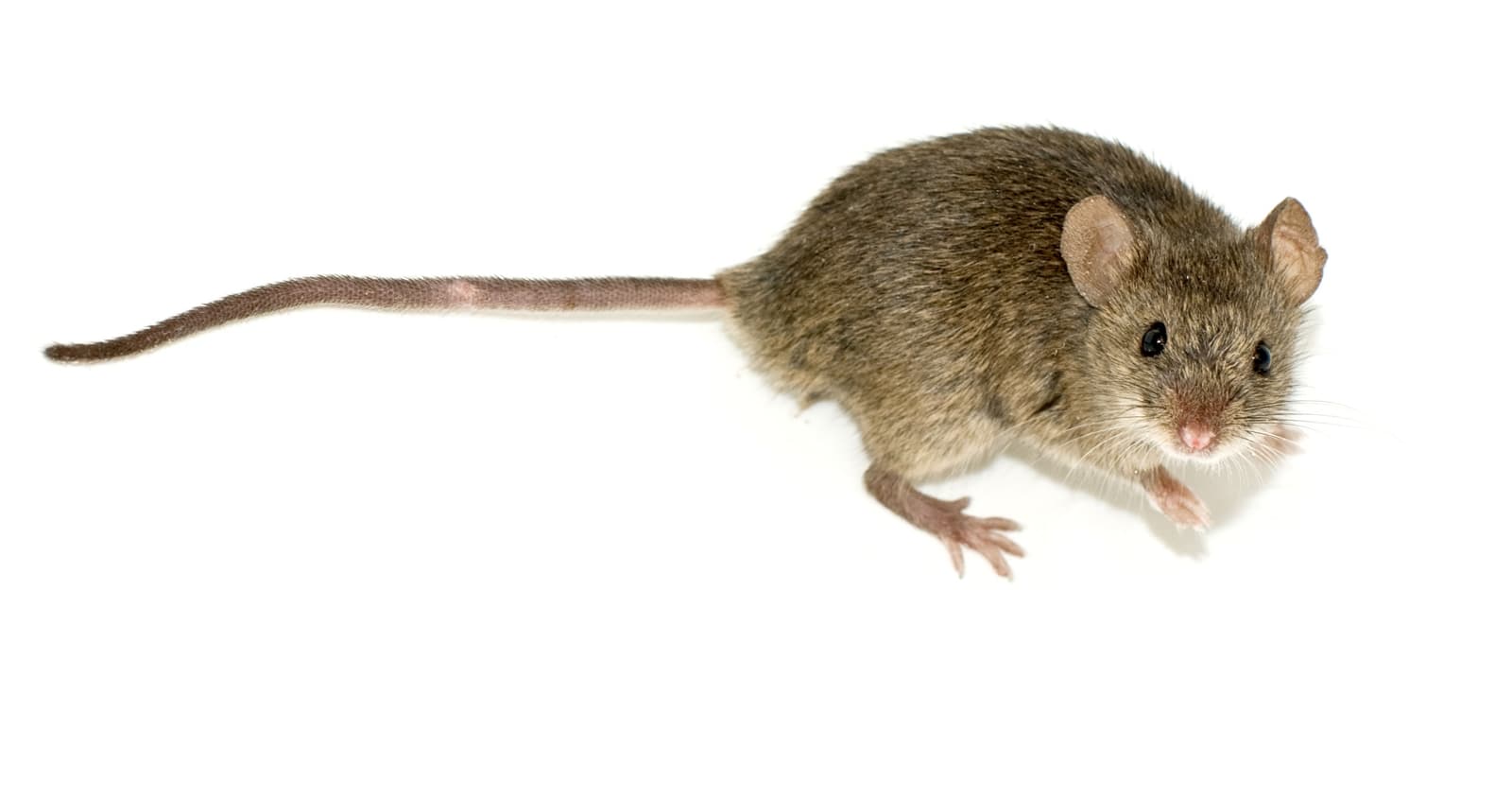Mackerel vs Herring: A Complete Comparison
When comparing mackerel vs herring, these silvery swimmers share several characteristics but display distinct differences in size, behavior, and commercial importance. Mackerel typically grow larger, reaching lengths of 16-20 inches (40-50 cm), while Atlantic herring usually measure 9-12 inches (23-30 cm). Both species play crucial roles in marine ecosystems as forage fish, but their hunting strategies and seasonal migrations set them apart.
These pelagic fish species have adapted to similar oceanic environments, yet they’ve evolved different survival strategies. Mackerel are active predators with powerful swimming abilities, while herring rely more on schooling behavior for protection. Understanding these differences helps explain their distinct roles in both marine food webs and commercial fisheries.
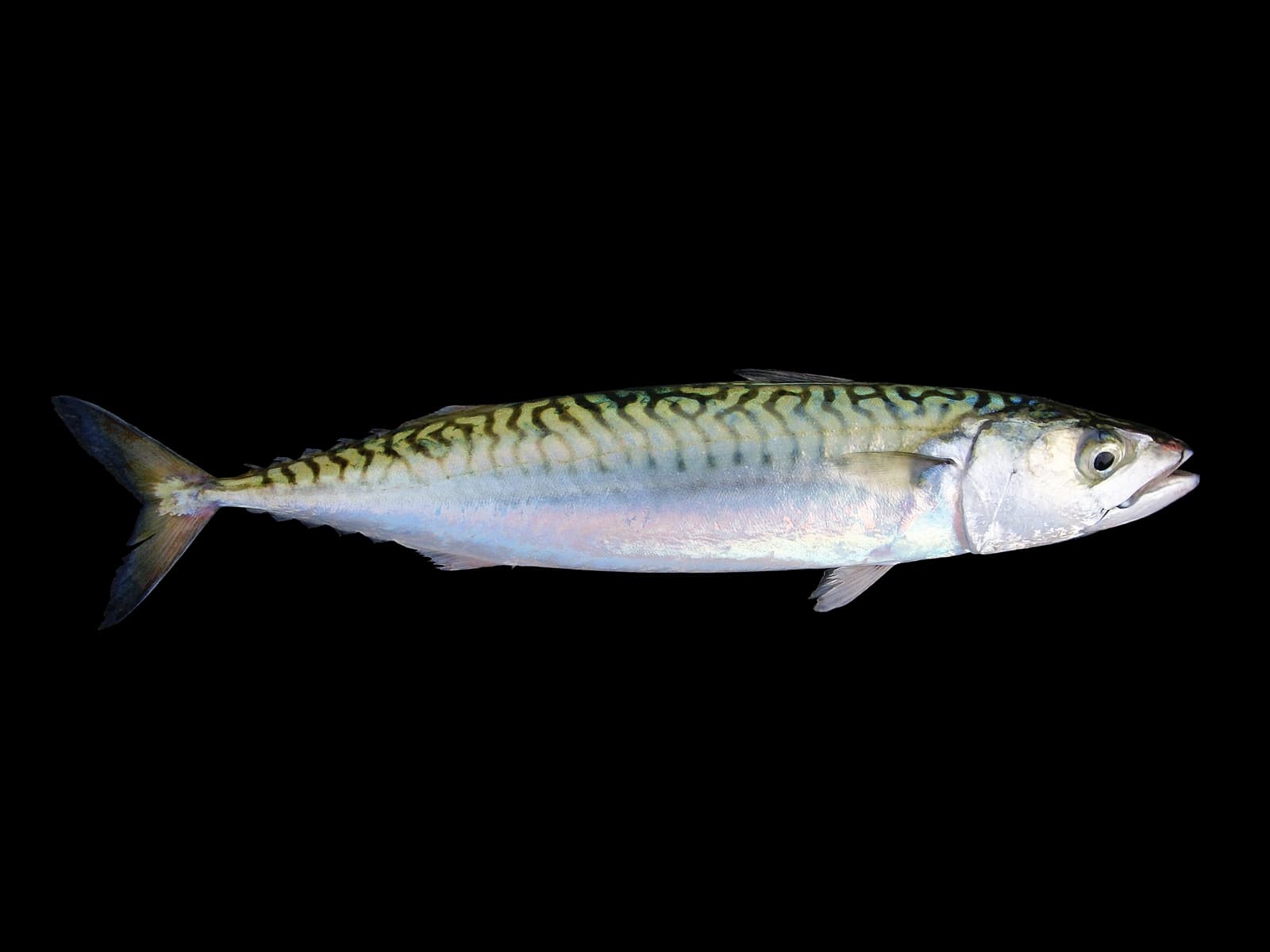
© Hans Hillewaert / CC BY-SA 4.0
The Atlantic mackerel showcases distinctive tiger-stripe markings along its back, setting it apart from other pelagic fish. These markings, combined with its streamlined body and iridescent coloring, make it instantly recognizable to both fishermen and marine enthusiasts.
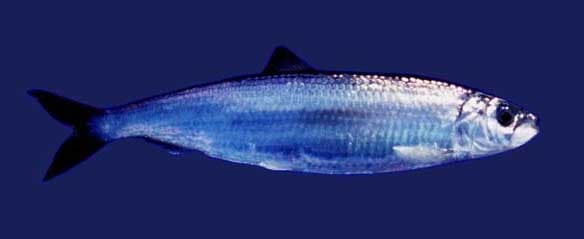
© User Kils on de.wikipedia / CC BY-SA 3.0
The Atlantic herring exhibits a more uniform silvery coloration without the distinctive stripes of mackerel. Its slightly upturned mouth and larger eyes adapt it perfectly for filter feeding in the open ocean.
| Feature | Mackerel | Herring |
|---|---|---|
| Size | 16-20 inches (40-50 cm) | 9-12 inches (23-30 cm) |
| Weight | Up to 3.5 lbs (1.6 kg) | Up to 1.5 lbs (0.68 kg) |
| Lifespan | 15-20 years | 10-15 years |
| Diet | Active predator of small fish and zooplankton | Primarily plankton and tiny crustaceans |
| Swimming Pattern | Fast, aggressive swimmers | Slower, schooling behavior |
| Commercial Value | $1.2B annual global market | $2.3B annual global market |
Physical Differences Between Mackerel and Herring
The most noticeable distinction between mackerel and herring lies in their appearance. Mackerel display distinctive tiger-stripe patterns across their backs, while herring maintain a more uniform silver coloration. Mackerel possess a more robust, muscular body built for pursuit hunting, whereas herring feature a more compressed form suited to filter feeding.
Habitat and Behavior
Both species inhabit temperate and cold waters worldwide, but their behavioral patterns differ significantly. Mackerel are solitary hunters that form smaller schools, typically found in depths of 20-200 meters (66-656 feet). Herring form massive schools that can number in the millions, usually staying within 200 meters (656 feet) of the surface.
Nutritional Comparison
When it comes to nutritional value, both fish offer excellent health benefits but with notable differences:
- Mackerel contains higher levels of omega-3 fatty acids (2.6g per 100g)
- Herring provides more vitamin D (1,628 IU per 100g)
- Both species are rich in protein, but mackerel edges out with 20.8g per 100g versus herring’s 17.8g
Commercial Importance and Fishing Methods
The global fishing industry targets both species extensively, but using different methods. Herring fisheries primarily employ purse seines to capture entire schools, while mackerel are often caught using hook-and-line methods or pelagic trawls. Annual global catches reveal herring’s greater commercial importance, with worldwide catches exceeding 2 million tons compared to mackerel’s 1 million tons.
Conservation Status
Both species face pressure from commercial fishing, but their conservation statuses differ. Atlantic herring populations have shown resilience despite intensive fishing, while some mackerel populations have experienced significant declines. Management measures, including fishing quotas and seasonal restrictions, help maintain sustainable populations of both species.
Culinary Applications
Chefs and home cooks prepare these fish differently based on their distinct characteristics:
- Mackerel’s oily, firm flesh makes it ideal for grilling and smoking
- Herring’s softer texture suits pickling and curing methods
- Both fish feature prominently in traditional cuisines worldwide, from Japanese sashimi to Scandinavian pickled herring
Ecological Role
These species play vital but different roles in marine ecosystems. Herring form the backbone of many food webs as primary consumers, converting plankton into fish protein. Mackerel, as secondary consumers, help regulate populations of smaller fish and zooplankton while serving as prey for larger predators.
